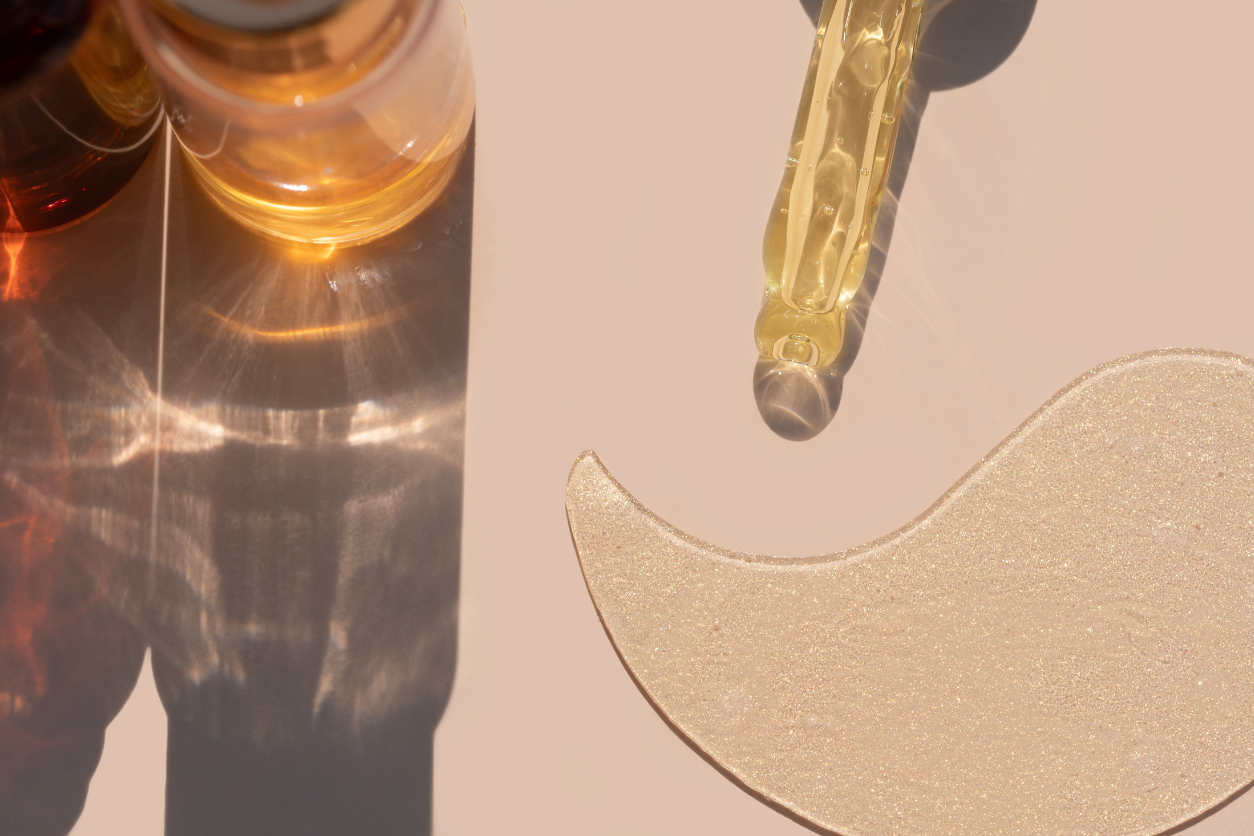In the world of skincare, retinol is often mentioned in the same breath as phrases like “anti-aging powerhouse” and “complexion game-changer.” But as much as it’s celebrated, starting a retinol routine can feel overwhelming. It’s not just about buying the first product you see on the shelf and slapping it on your face. The process demands patience, understanding, and some trial and error. Let’s break down everything you need to know about incorporating retinol skincare into your routine, from the nitty-gritty of how it works to the exact steps that’ll help you avoid the infamous redness and peeling.
The Essentials for Retinol Skincare
Before diving into the routine, gather these essentials:
Retinol or Retinoid Product
For beginners, a gentle retinol serum like CeraVe Resurfacing Retinol or The Ordinary Granactive Retinoid works well. Advanced users might explore tretinoin (prescription-strength) or retinaldehyde products.
Gentle Cleanser
A mild cleanser such as Vanicream Gentle Facial Cleanser ensures your skin isn’t stripped of moisture.
Moisturizer
Look for one packed with ceramides or hyaluronic acid, like La Roche-Posay Toleriane Double Repair Face Moisturizer.
Broad-Spectrum Sunscreen (SPF 30+)
Daily use of sunscreen is non-negotiable when using retinol to prevent UV sensitivity.
Barrier Ointment (Optional)
Products like Vaseline or Aquaphor protect delicate areas like around your eyes or mouth.
Why Retinol Matters in Skincare
Retinol, derived from vitamin A, works by accelerating skin cell turnover. This process helps fade hyperpigmentation, smooth fine lines, and treat stubborn acne. It also stimulates collagen production, making it a go-to ingredient for maintaining youthful-looking skin.
But here’s the catch: the initial adjustment period, often called “retinization,” can be tough. Expect dryness, flakiness, and sensitivity as your skin gets used to the product. It’s not a reason to quit—these side effects are temporary and manageable with the right approach.
Starting with Retinol
If you’re new to retinol, start slow. Overzealous application often leads to irritation, so think of it as a long-term investment for your skin rather than a quick fix.
For the first two weeks, apply retinol twice a week. This low frequency helps your skin build tolerance without overloading it. If your skin shows minimal irritation after two weeks, increase usage to every other night.
The application process is straightforward but requires a bit of precision:
Cleanse: Wash your face with a gentle cleanser to remove makeup, dirt, and oils. Avoid anything exfoliating or foaming, as these can further irritate your skin.
Dry Completely: Wait until your face is completely dry before applying retinol. Damp skin increases absorption, which sounds great in theory but often leads to unnecessary irritation.
Apply Sparingly: Use a pea-sized amount—yes, really. Divide it among your forehead, cheeks, and chin, then spread evenly. Avoid the eye area, corners of your nose, and mouth unless using a barrier ointment.
Follow with Moisturizer: Lock in hydration with a moisturizer to buffer the effects of retinol. This step is crucial for minimizing dryness and flaking.
What to Expect During the First Month
The adjustment period is when most people feel like giving up. Your skin may peel, feel tight, or develop a slight redness. While this is normal, it’s important to listen to your skin. If the irritation becomes severe, scale back usage or try the “sandwich method”: apply moisturizer before and after retinol to create a barrier.
A common misconception is that retinol replaces other steps in your skincare routine. It doesn’t. Instead, it complements your existing routine by adding an active ingredient that targets deeper concerns.
Here’s how a typical nighttime routine might look:
- Cleanser
- (Optional) Hydrating serum with hyaluronic acid
- Retinol
- Moisturizer
Morning routines should always include sunscreen. Retinol increases photosensitivity, making sun protection essential to prevent further damage.
Pairing Retinol with Other Ingredients
Retinol plays well with certain ingredients but clashes with others.
Great Pairings:
Niacinamide: Calms inflammation and strengthens the skin barrier.
Hyaluronic Acid: Provides intense hydration to counter dryness.
Avoid Combining:
Exfoliating Acids: AHAs or BHAs can exacerbate irritation when used alongside retinol.
Benzoyl Peroxide: Often deactivates retinol, rendering it less effective.
When and How to Step Up
If you’ve been using retinol consistently for three to six months and feel your skin is ready for more, consider increasing the concentration. Move from a 0.25% or 0.3% product to a 0.5% or even 1% formula.
Prescription-strength retinoids, like tretinoin, offer even more powerful results. However, these should only be introduced under the guidance of a dermatologist, especially if you’ve struggled with irritation in the past.
Common Retinol Concerns
“Why is my skin peeling?”
This is a sign of increased cell turnover. Keep moisturizing and avoid picking at flaking skin.
“When will I see results?”
While some improvements in texture and tone may appear in 4–6 weeks, major changes like wrinkle reduction and fading pigmentation take 3–6 months of consistent use.
“Can I use retinol during pregnancy?”
No. Retinoids are not recommended for pregnant or breastfeeding individuals due to potential risks.
The Long-Term Benefits of Retinol Skincare
After the adjustment phase, the benefits of retinol start to shine. Over time, your skin becomes smoother, fine lines soften, and dark spots fade. The best part? These improvements compound the longer you use retinol.
Consistency is key. Think of retinol as a permanent fixture in your routine, not a one-time fix. With patience and care, it can transform the way your skin looks and feels.
